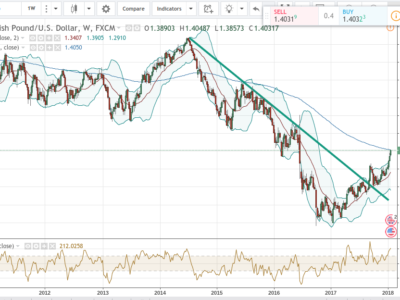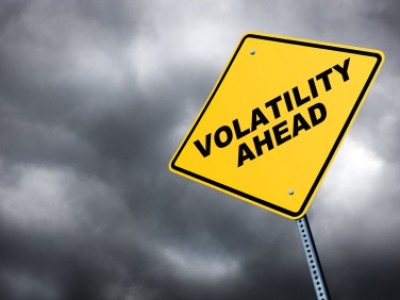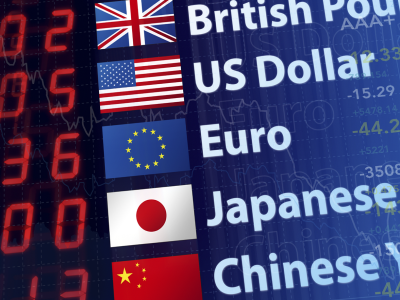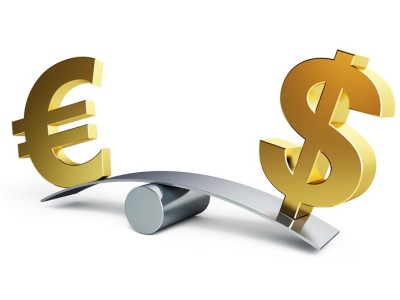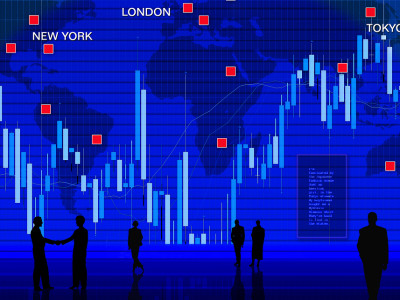Social Media Winners and Losers: A Stock Market Comparison
Social media stocks rallied across the board after investors learned of Microsoft’s massive $26.2 billion acquisition of professional social network LinkedIn. The acquisition proved that social media stocks remain a viable option for investors looking for robust growth in a consumer-focused industry.
But the popularity of social media hasn’t necessarily translated into higher returns in the stock market for those social media companies that have gone public. The “Big Four” social media companies – Facebook, Twitter, LinkedIn and Yelp – have experienced very different rates of return since their initial public offering. By putting these and other companies under the microscope, we begin to see who the real winners and losers are in a highly competitive market that requires constant innovation and new ways to generate revenue.
Facebook (NASDAQ: FB)
Since going public in 2012, Facebook has had its fair share of detractors who weren’t convinced that the company’s social power would translate to the bottom line. In particular, investors were concerned about how the company would grow its revenue and increase its active users at a time when it already had around a billion live accounts. The company’s initial public offering (IPO) of $38 per share created even more apprehension among the skeptics, who weren’t buying the company’s market capitalization of over $104 billion.[1]
Fast-forward less than four years and Facebook has seen its share price skyrocket nearly 200% on the heels of strong advertising revenue and high profile acquisitions of WhatsApp, Instagram and Oculus VR. These and many other acquisitions have made Facebook one of the world’s foremost internet giants.[2]
Twitter (NYSE: TWTR)
At the other end of the spectrum is social media company Twitter, whose share price has plunged over 60% from an initial public offering of $26 in 2013. It didn’t take long before the stock fell below its IPO, pushing market analysts to declare that the company has been an abject failure on the open market.
Twitter has suffered numerous setbacks since going public, chief among them being the inability to grow its audience and monthly active users. This has caused Twitter to massively underperform other social media companies, forcing CEO Jack Dorsey to layoff about 8% of his staff earlier this year. This was a dubious decision, given that just one week earlier Dorsey pledged to donate one third of his Twitter shares to employees. The move was widely interpreted as a desperate attempt to boost morale in a company that appears to be losing traction.[3]
LinkedIn (NYSE: LNKD)
LinkedIn’s share prices have performed exceptionally well if you factor in the 47% gain it enjoyed the day Microsoft Corporation announced it would be acquiring the professional network for $26.2 billion. The acquisition of LinkedIn was Microsoft’s biggest deal yet – a clear sign the software maker had big plans for the company.
With this acquisition, it’s very clear what Microsoft is trying to do – connect its 1.2 billion Office users with LinkedIn’s 433 million mobile-friendly members. The deal makes LinkedIn a potential juggernaut. Microsoft has already promised to deliver a smarter LinkedIn network experience, including the integration of artificial intelligence and Office applications directly on the professional networking platform.
“Imagine you are walking into a meeting and Cortana now wakes up and tells you about the people you are meeting for the first time … (and) tells you all the things you want to know before walking in and knowing someone because it has access to the professional network,” Microsoft CEO Satya Nadella said.
Microsoft’s purchase values LinkedIn at $196 a share, which was a nearly 50% premium over the stock’s closing price just a few days earlier.[4]
Yelp (NYSE: YELP)
The crowd-sourced review website hasn’t quite lived up to its hype, if its share price is any indication. The company priced its initial public offering at $15 a share back in 2012, which was above its target of between $12 and $14 a share.[5] Yelp enjoyed massive growth through the first two years, peaking at $97.25 a share on March 3, 2014. Since reaching that milestone, the stock has plunged over 70%.
Yelp has lost a huge part of its momentum (and business) to the likes of Google and Facebook, which are competing for local advertising dollars. It also doesn’t help that Yelp depends on Google search for its Web traffic. The perception on Wall Street is that Yelp will not be able to compete with heavy hitters like Google, hence the massive decline in its share value.[6]
As it currently stands, investors no longer seem to be evaluating social media companies based on their future potential. Social media is here to stay and most investors realize that. That’s why there has been much bigger emphasis on current performance, which is why we’ve seen a clear divergence between the likes of Facebook on the one hand and Twitter and Yelp on the other. It also doesn’t help that 2016 has been a trying year for Wall Street, a sign that the social media duds will continue to struggle without a clear shift in their business fundamentals.
[1] Tomio Geron (May 17, 2016). “Facebook Prices Third-Largest IPO Ever, Valued At $104 Billion.” Forbes.
[2] Adam Hayes, CFA (February 11, 2015). “Facebook’s Most Important Acquisitions.” Investopedia.
[3] Kate Vinton (May 25, 2016). “Twitter Stockholders Approve CEO Jack Dorsey’s Plan To Give One Third Of His Stock To Emploees.” Forbes.
[4] Nathan Borney and Mike Snider (June 14, 2016). “Microsoft to buy LinkedIn for $26B in cash, its biggest deal.” USA Today.
[5] Julianne Pepitone (March 1, 2012). “Yelp prices IPO above target.” CNN Money.
[6] Jamal Carnette. “2015 Social Media Stocks: 1 Winner and 2 Losers.” The Motley Fool.
The post Social Media Winners and Losers: A Stock Market Comparison appeared first on Forex.Info.
Source:: Social Media Winners and Losers: A Stock Market Comparison




